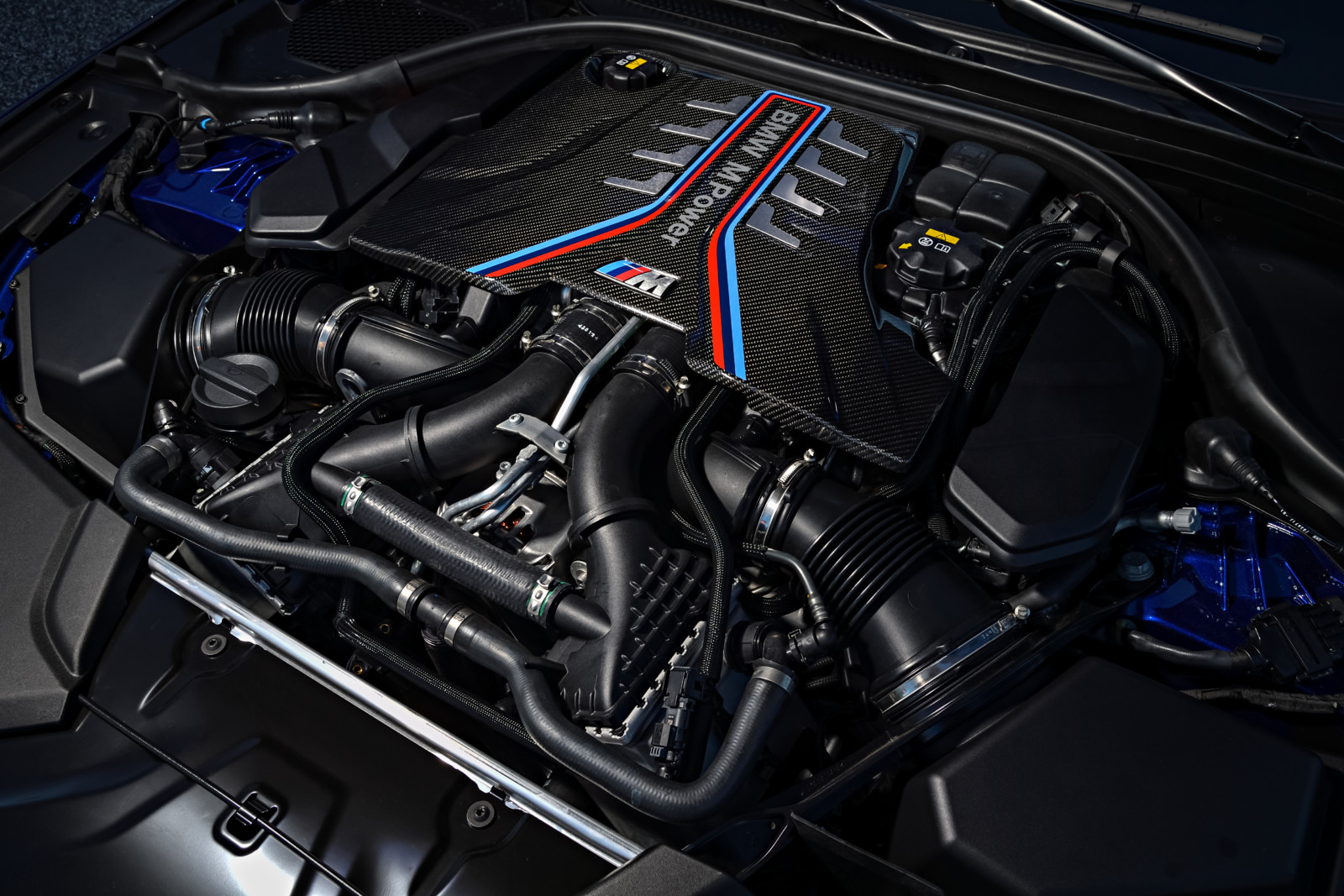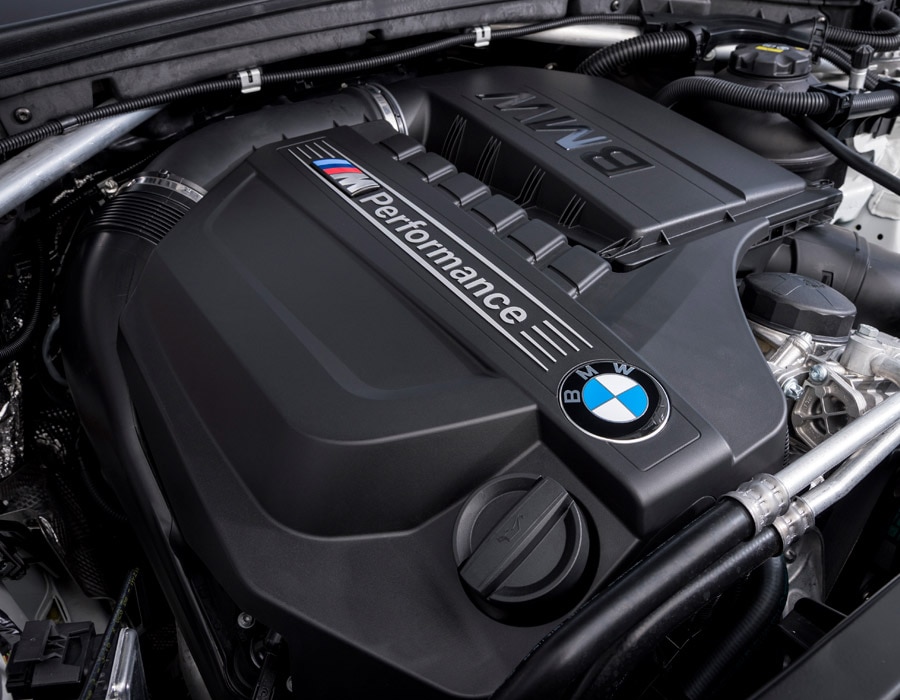Checking Out the Development of Burning Engines in Modern Transport Solutions
As we browse the landscape of contemporary transportation, the evolution of combustion engines stands as a testament to human ingenuity and design expertise. From their modest starts to the advanced powerhouses pushing automobiles today, combustion engines have undergone an amazing journey of innovation and adaptation. Recognizing the details of this advancement not just clarifies the past however also leads the way for imagining what lies ahead in the realm of transport modern technology. The interaction of history, technology, and ecological issues in shaping the trajectory of combustion engines develops a story that is both compelling and insightful.
Early Beginnings of Combustion Engines
Exactly how did the principle of combustion engines first emerge in the very early phases of transportation advancement? The origins of burning engines can be traced back to the 17th century when the principles of inner burning were first checked out.
The breakthrough moment included the development of the first successful gasoline-powered engine by Karl Benz in 1885 - bmw engine. This engine led the means for the development of the modern vehicle, changing transport systems worldwide. Subsequent developments by Nikolaus Otto and Gottlieb Daimler additionally improved burning engine technology, resulting in the mass production of cars and the quick development of the transportation industry
These very early burning engines were identified by their simpleness and effectiveness, laying the structure for the complicated and powerful engines used in modern transportation systems. The advancement of burning engines has actually contributed in shaping the way we take a trip and transport goods, noting a significant landmark in the background of transport development.
Change to Internal Burning Innovation
The shift to internal burning innovation marked a pivotal change in the development of transportation systems. This change started in the late 19th century, with creators like Nikolaus Otto and Gottlieb Daimler developing the initial successful internal burning engines. These engines transformed transportation by supplying a much more powerful and reliable option to steam engines and electrical motors.
One of the vital benefits of internal burning engines was their ability to be reduced to match lorries, causing the development of autos and motorcycles. This change from large, fixed engines to compact, mobile ones led the way for the modern-day transportation systems we see today.
The shift to interior burning technology additionally spurred innovations in fuel innovation, leading to the advancement of fuel and diesel as primary gas resources for cars. This change not just made transportation a lot more accessible to the masses however additionally laid the foundation for the oil and gas market to come to be integral to worldwide economic situations.
Impact of Combustion Engines on Transport
The fostering of combustion engines in transportation systems militarized an extensive change in the efficiency and speed of worldwide flexibility. Combustion engines transformed transport by giving a dependable and flexible source of power for different automobiles, consisting of autos, trucks, planes, and ships. This technology significantly enhanced the capacity for people and goods to move over long distances in shorter time frames, leading to enhanced connection between regions and nations.
Furthermore, the widespread usage of burning engines has actually had a substantial effect on financial advancement. The capability to carry products efficiently has stimulated profession and commerce, enabling companies to expand their markets and reach consumers worldwide. This has actually assisted in economic growth and globalization, as click site products can currently be moved quicker and in larger quantities than in the past.
Nonetheless, the environmental impact of combustion engines can not be forgotten. The combustion of nonrenewable fuel sources has actually caused air pollution and greenhouse gas emissions, adding to environment change and posing health threats to populations. bmw engine. Consequently, there is an expanding emphasis on establishing alternative propulsion modern technologies to minimize these adverse effects and develop a more sustainable future for transport
Developments in Burning Engine Layout
One noteworthy development is the advancement of turbocharged engines, which use exhaust gases to drive a turbine that presses inbound air, enabling for even more gas to be scorched, resulting in boosted power outcome without a significant increase in engine dimension. Variable shutoff timing systems have also revolutionized engine layout by maximizing air flow at different engine speeds, boosting both power and effectiveness. These developments collectively add to the constant enhancement of burning engines in modern-day transportation systems.
Future Fads in Burning Engine Development
With innovation innovations driving constant technology, the future of combustion engine advancement is positioned to revolutionize transport systems around the world. One of the essential trends in burning engine advancement is the click here to find out more push in the direction of higher performance and decreased discharges.
An additional prominent pattern is the fostering of crossbreed technologies in combustion engines. Hybrid engines integrate traditional combustion innovation with electrical power, supplying improved fuel effectiveness and lower exhausts. As the auto industry shifts towards electrification, hybrid combustion engines are seen as a transitional option that links the void in between standard vehicles and fully electric ones.
Furthermore, the combination of wise innovations, such as expert system and information analytics, is anticipated to play a substantial duty in the future of burning engine growth. These modern technologies can maximize engine efficiency in real-time, bring about extra reliable burning procedures and improved general car performance. Embracing these future trends will certainly not just drive technology in burning engine advancement however also contribute to a more lasting and eco pleasant transport environment.

Verdict
To conclude, the evolution of burning engines in modern transportation systems has actually been noted by substantial innovations in modern technology and layout. From the very early starts of burning engines to the shift to internal combustion technology, these engines have actually had an extensive influence on transport. Advancements in combustion engine design remain to drive progression in this area, with future patterns focusing on further improving performance and minimizing discharges. The future of combustion engines in transport looks encouraging as r & d efforts proceed to press limits.
The origins of combustion engines can be mapped back to the 17th century when the concepts of internal burning were first discovered. These engines reinvented transportation by supplying a much more powerful and reliable option to heavy steam engines and electric motors.
